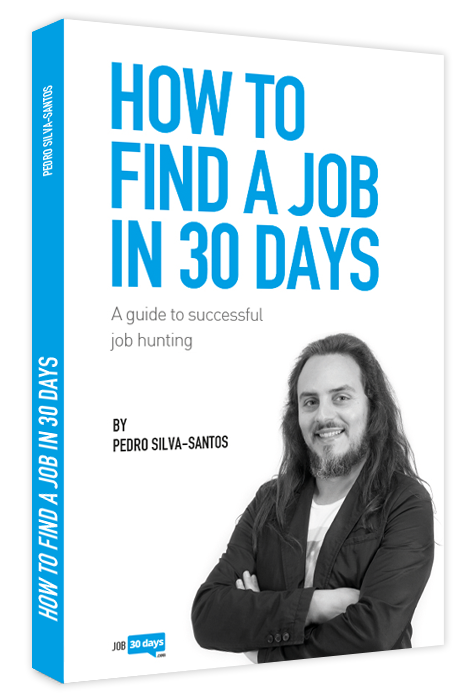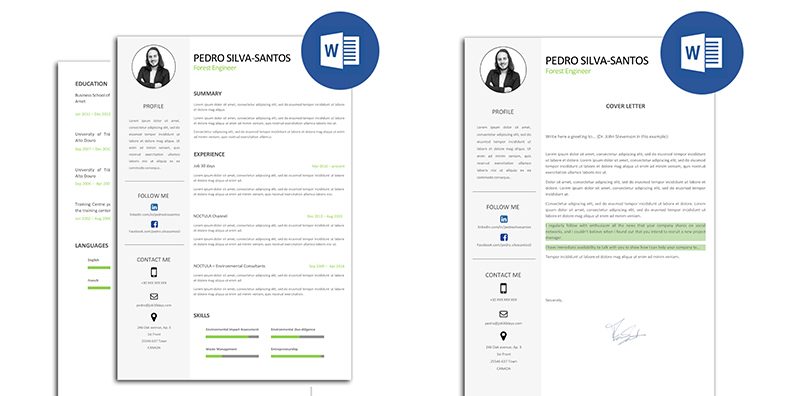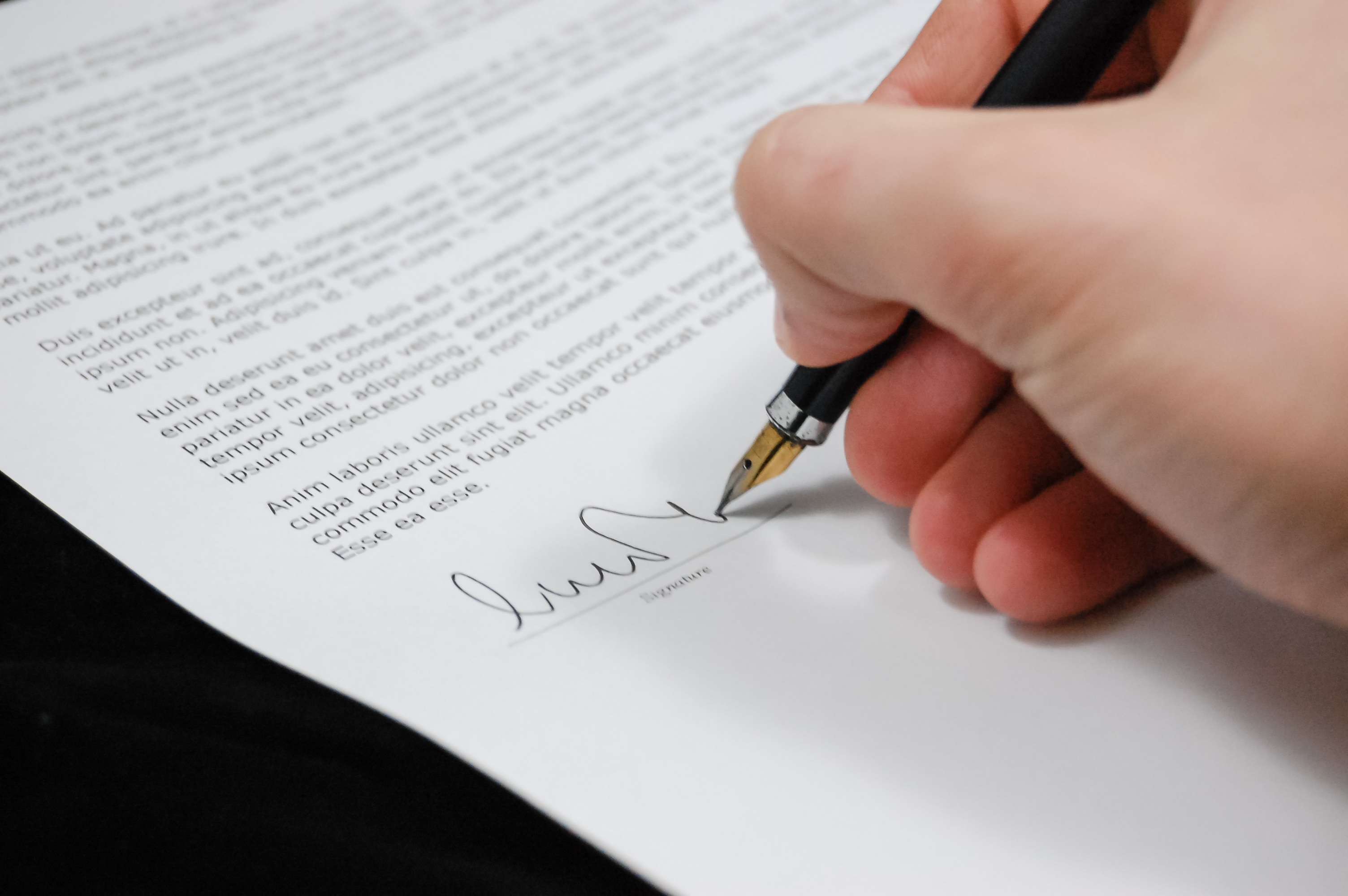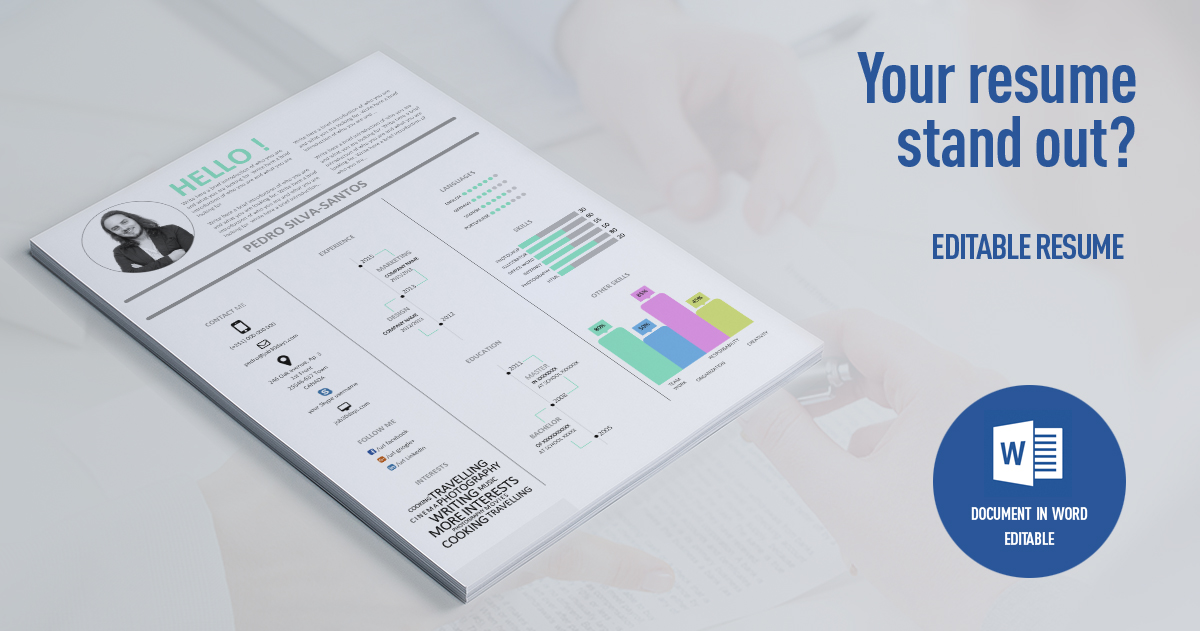Your name on the Internet
When you type your name into a search engine like Google what comes up?
Will people be able to find any information about you on the first page of results of an internet search?
If someone Googles your name, they want to find articles or comments written by you or about you. Remember, they will probably also find all the offensive comments you have made on forums, blogs and Facebook.
So what exactly are the first results you get when searching for your own name?
It’s quite likely that they won’t be what you were hoping for – but despair not!
Among the sites, images and links that you got, I bet you found an awful lot that had nothing whatsoever to do with you, right? Were there lots of hits with the same name, but for people other than you?
Your email on the Internet
Now do a search for your email address on Google. What do you get?
Define your “professional name”
Most people have fairly common names, which makes it hard for you to stand out on the Internet. That was exactly the problem I had when I began organising my online presence, so I decided to create my own personal brand name, rather like an actor’s stage name.
My full name is Pedro Miguel da Silva Santos.
“Pedro Miguel” must be one of the most common combinations of names ever searched for on the internet (at least in Portuguese, that is!), competing closely with “José António” and “Ana Maria”, among others.
My surnames “Silva” and “Santos” are the equivalent to “Smith” or “Brown” in English, so I knew my name was doomed to certain failure from the outset. What I then did was to try out different combinations of my name with hyphens and this is what I came up with: “Pedro Silva-Santos”.
Since then, I have standardised the way I write my name on everything and everywhere and now my name appears at the top of internet searches whenever someone types in “Pedro Silva-Santos”.
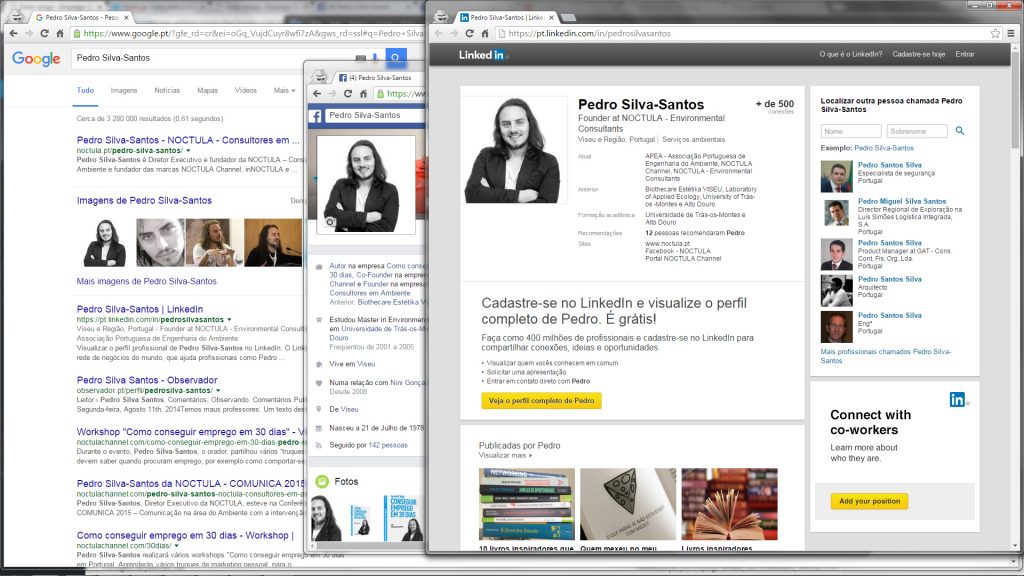
I could also have used “Miguel da Silva”, by leaving out my first and last names, or even simply “Silva Santos”, which would sound great after my professional title: “Dr. Silva Santos”!
Choose a simple, attractive combination for your “professional name”.
Set up a good email address
After you have decided on your professional name, choose the best possible combination for your professional email address. Avoid things like Smith97@… as the name is meaningless.
Think about it: who is going to search for “Smith97”?
I suggest you set up a Gmail account (Google’s email service), as it’s both a credible and a powerful platform. What’s more, when you set up a Gmail account (https://accounts.google.com/SignUp), it automatically creates a profile for you on Google+.
If there aren’t many decent options available, you can always shorten your name.
Using my full ‘stage’ name, my email address would be: pedro.silva-santos@… However, I felt it was just too long and complex and would cause me too many headaches spelling it out over the phone or writing it out for people. So I tried shortening it to pedross@…
I also know a company who only use the first and last initials of the workers’ names (so Paddy Greenleaf becomes = pg@…), which might also work for you.
A poorly chosen email
I will never forget an application that came across my desk a few years ago from a graduate looking for a job in one of my companies.
The CV was pretty credible, but the email address was, to say the least, a little intriguing: pussy69…@…! Obviously, I don’t need to share the whole address with you, but I can tell you what happened next. I put the email address into a search engine and what I got back was a load of explicit photos on a blog, asking for “a lot of action”!
Had we been recruiting for an erotic restaurant, she would have been the perfect candidate for the job – and there was certainly quite a large network of followers! However, that wasn’t what we were looking for at the time, and that particular CV never even made it into our database.
Take a look at this small video:
Read also this article: 34 Cringe Teenage Emails That’ll Give You Real ’00s Flashbacks
Your photograph and Internet presence
Once you have standardised how you write your name and your email, it’s time to choose the one photograph that you are going to use on all the digital platforms, your business card, your CV and anywhere else.
Using the same photo across all platforms will make it easier for you to be identified in social media and in different contexts.
At first, I used this photo on social networks and my business cards:

When I gave people my card with this beach photo on it, meetings would always start with a smile. It was an excellent way to break the ice.
However, I did later decide to change my photo so that people wouldn’t think I was trying to get a job in a massage parlour or as a life guard!

